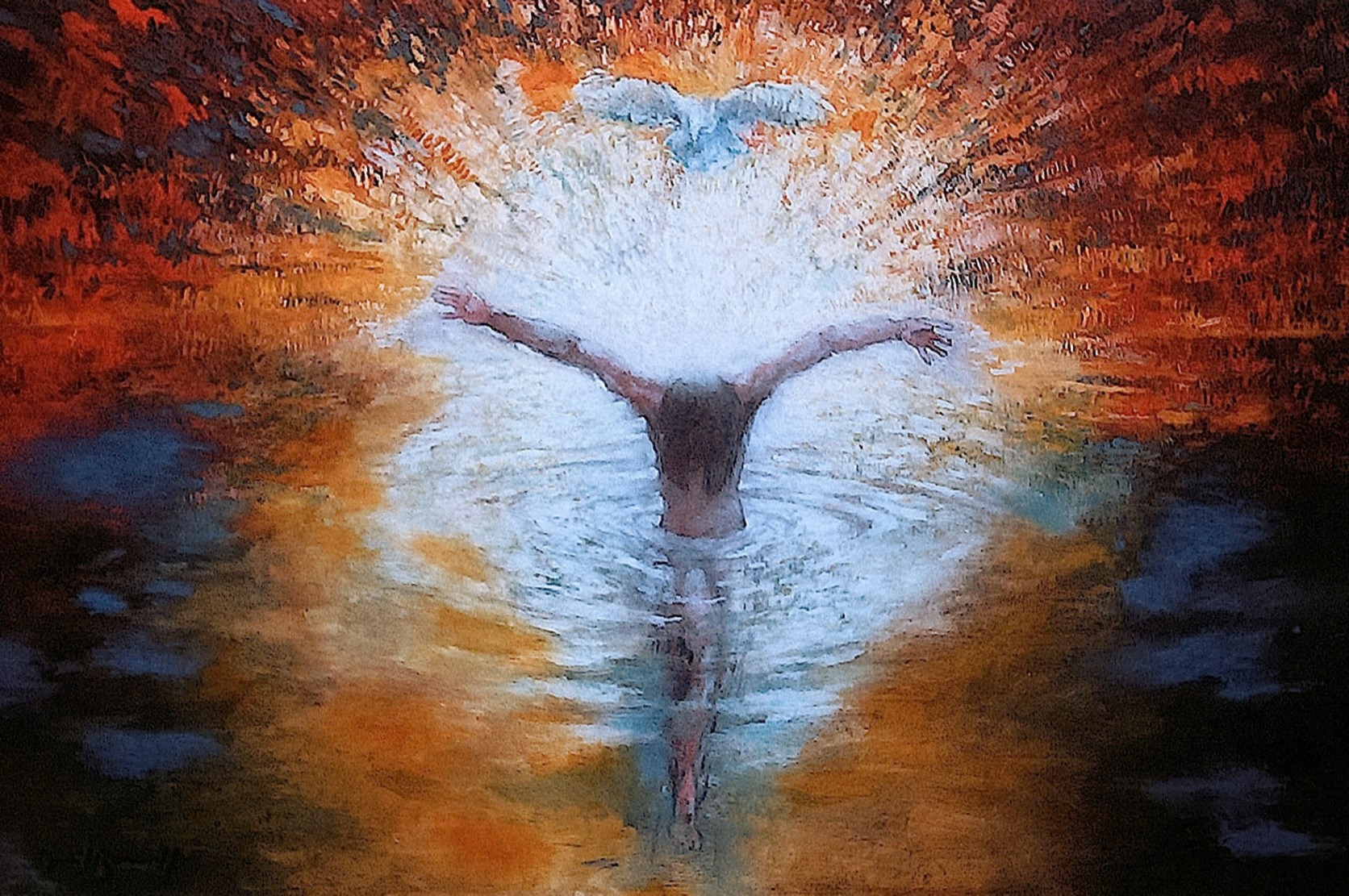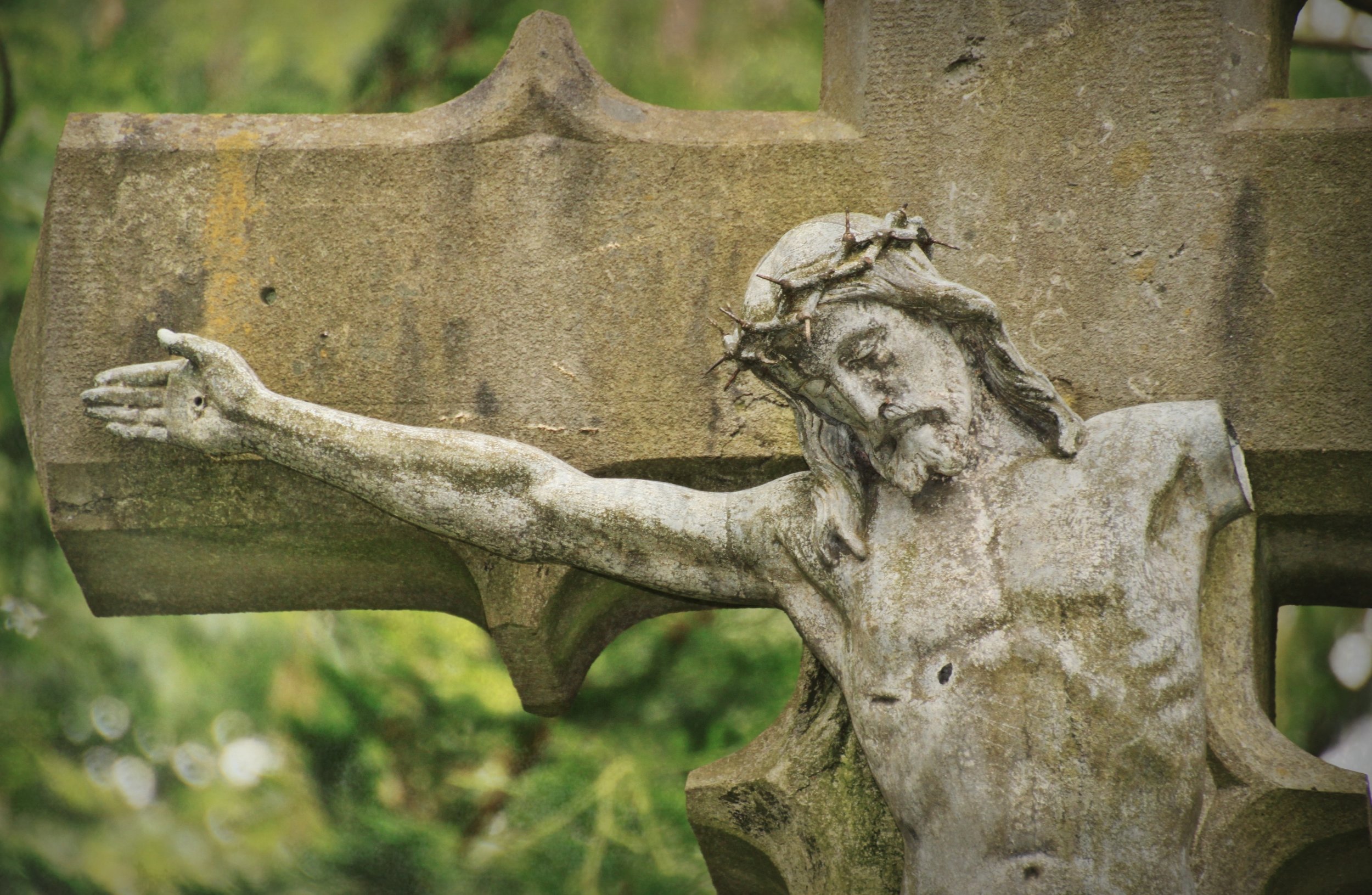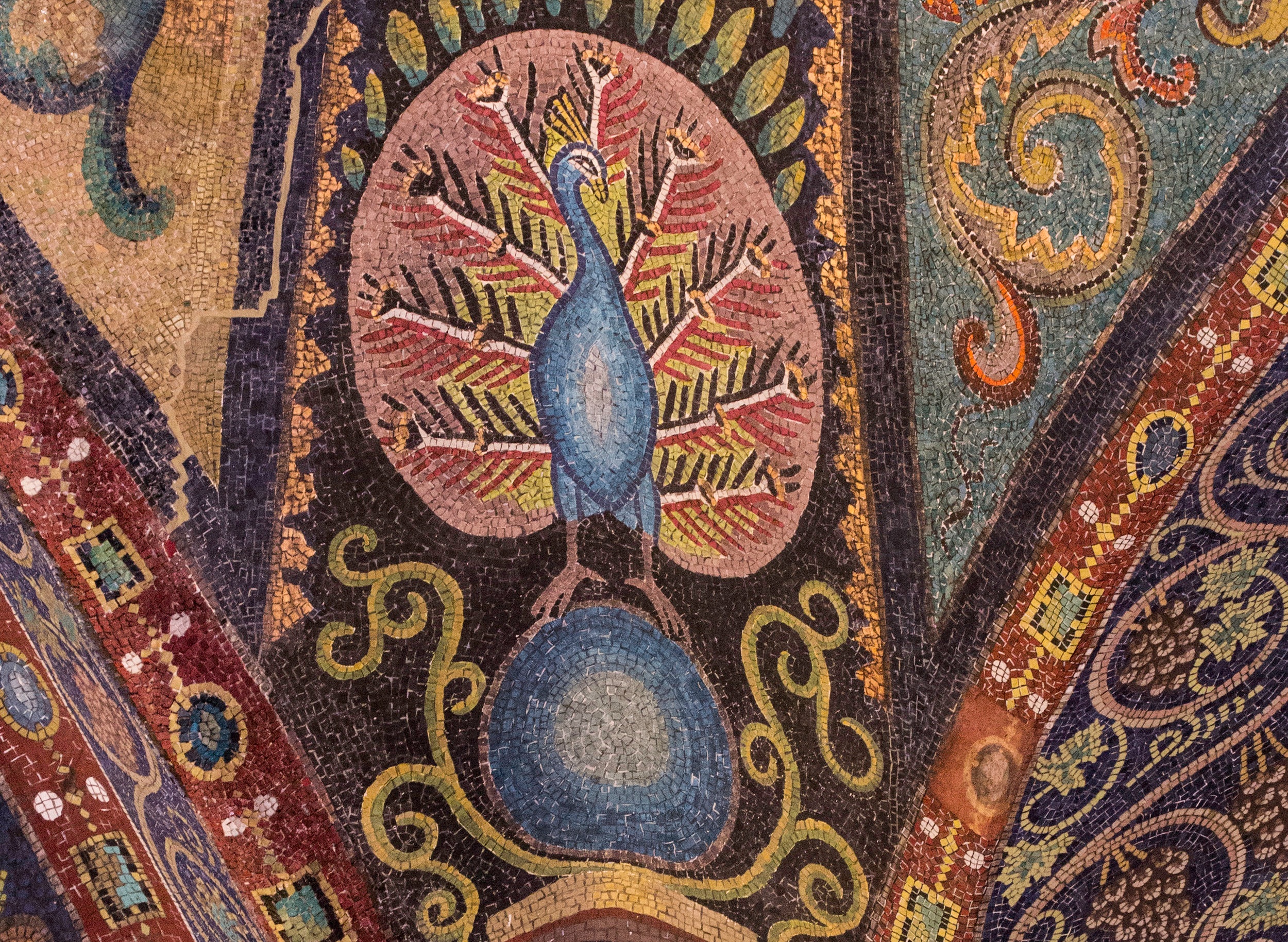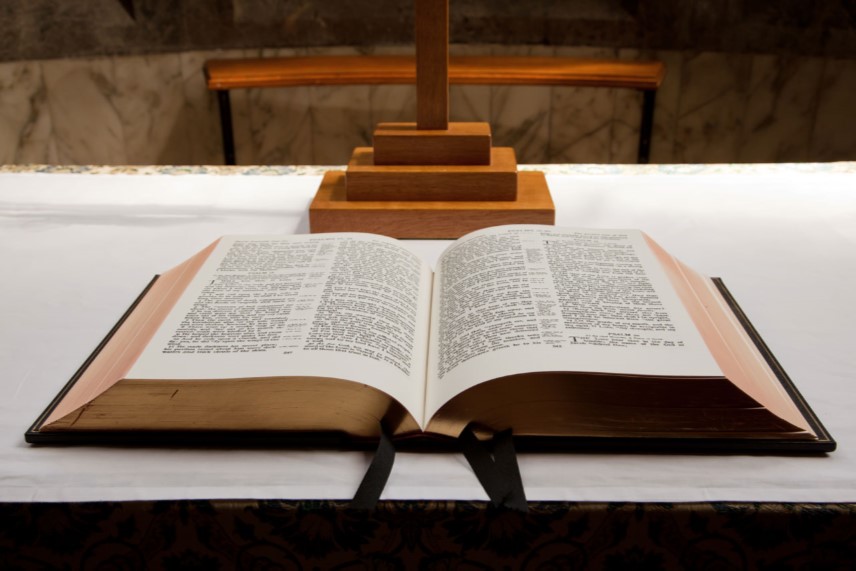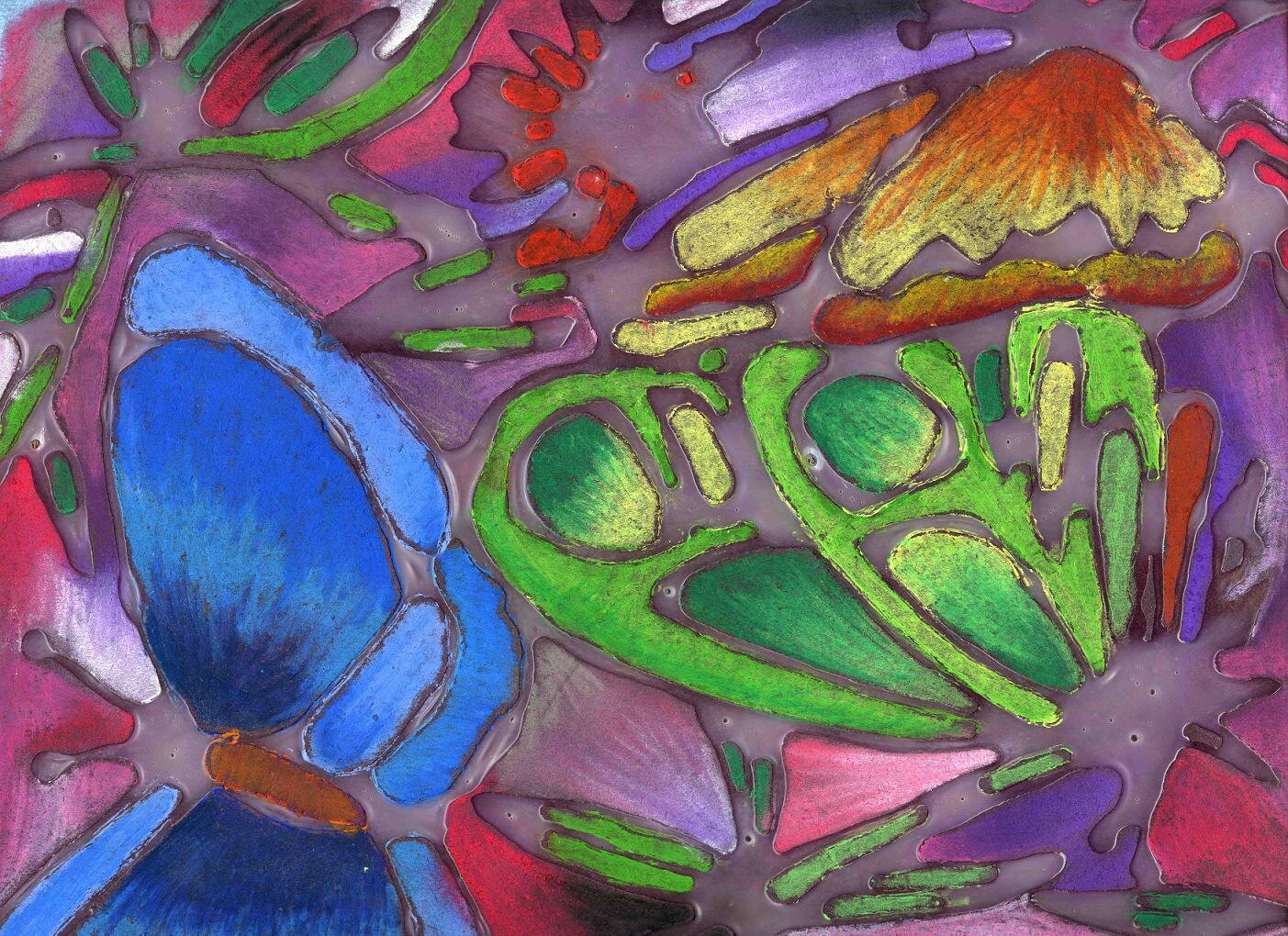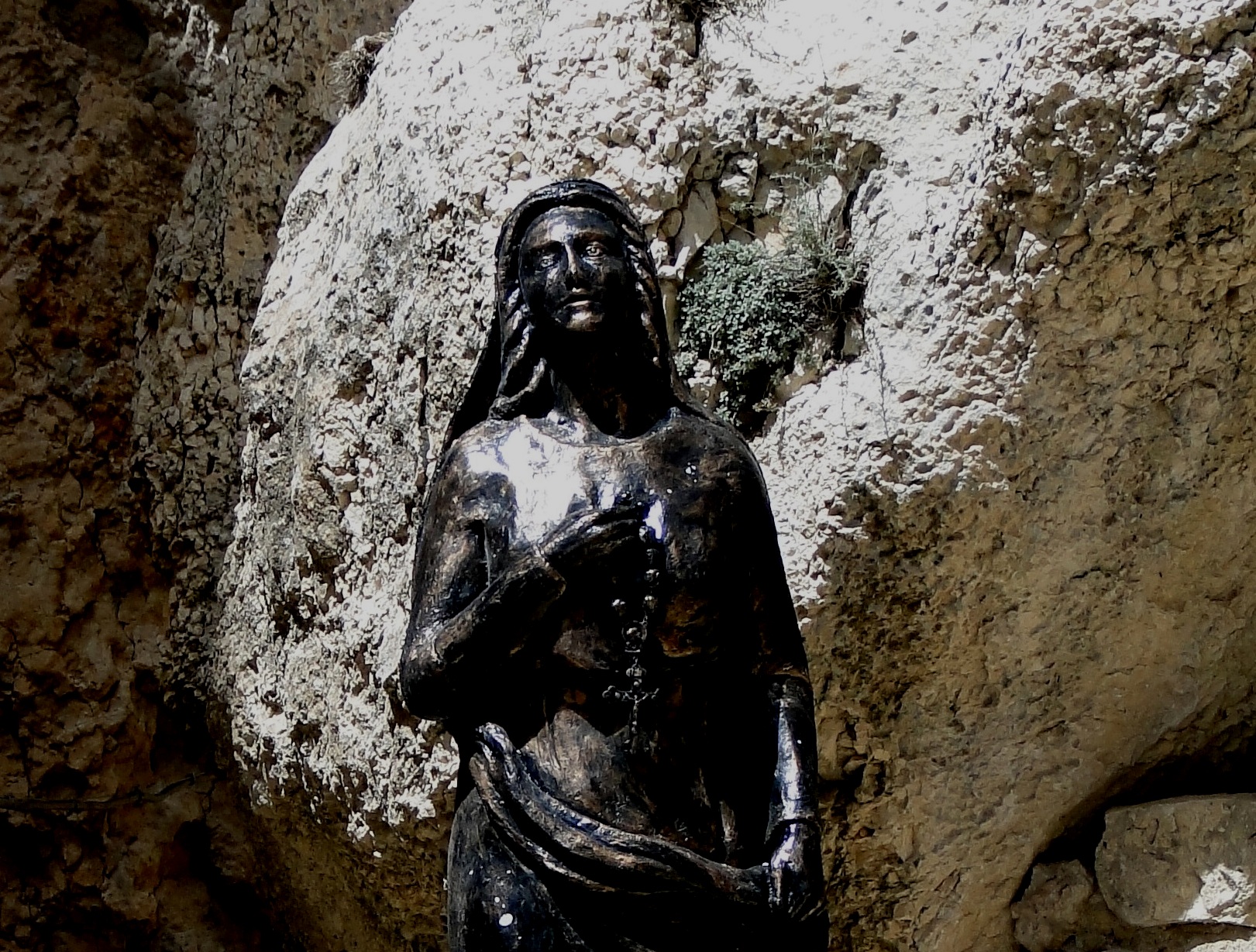On this page, you can find The Theology of J.R.R. Tolkien’s The Lord of the Rings, an 11 part video series. You can also enjoy these videos on our YouTube channel’s Arts and Theology playlist!
Part 1: Introduction to Tolkien
Part 1: Introduction to Tolkien is a quick introduction to Tolkien and three of his main purposes in writing: to create a story that contained the languages he studied and invented or reconstructed, to create a myth for England, and to suggest an explanation for why the historic Angles converted to Christian faith so quickly.
Part 2: A Good God, Creation, and Fall
Part 2: A Good God, Creation, and Fall looks at the God (Eru Iluvatar), and majestic creation and fall story in Tolkien's world. A happy ending story also requires that the good God defeat evil without becoming evil. Reflect on, and discuss, stories as expressions of belief systems.
Part 3: The Music of the Ainur
Part 3: The Music of the Ainur looks at the framework of music and symphony as the way to understand the partnership God hopes for with His creatures. In Tolkien's world, Eru Iluvatar (God) teaches the Ainur (angels) to sing, and their symphony structures creation and history. How does this compare with the biblical portrayal of God speaking the creation into existence? And how does Tolkien's Eru continue to partner with other beings using music? Is it similar to how the biblical God partners with humans?
Part 4: How God Intervenes in History
Part 4: How God Intervenes in History looks at how Eru Iluvatar (God) stayed involved in the history of Arda, supporting the heroic characters in their ennoblement, and working to recapture the Music and defeat evil. We look at how wise counsel, the Eagles, dreams, "chance," prophecy, and defending the free will of Frodo and others reinforce hope and even "hope unlooked-for." We glance again at Irenaeus of Lyons, who also used the phrase "unlooked-for" to describe God's help, which ultimately reached its crescendo in Jesus.
Part 5: Human Being, Human Becoming in Tolkien and Christian Theology
Part 5: Human Being, Human Becoming in Tolkien and Christian Theology looks at Smeagol-Gollum and Boromir as case studies of human being and human becoming. Their choices towards addiction and freedom are vital to understand. Tolkien’s vision of what humanness means is rich, insightful, and sobering.
Part 6: The Addictive Power of Evil
Part 6: The Addictive Power of Evil examines Tolkien's presentation of evil as a deviation from goodness, which acquires a deadly attraction and power over us. Evil is a self-deception, then becomes addictive, corrupting, and self-defeating.
Part 7: The Hero’s Journey and the Defeat of Evil as Atonement and Salvation
Part 7: The Hero’s Journey and the Defeat of Evil as Atonement and Salvation examines how each of the heroes in Tolkien's The Lord of the Rings retold and redeemed the stories of tragic heroes. Gandalf retold Saruman's story. Aragorn retold Isildur's story. Galadriel retold multiple stories of Elven mistakes. But Frodo only partially retold Smeagol's story. What does all this tell us about Jesus? See more on Atonement and on Irenaeus of Lyons, who I have featured heavily as a representative of the early Christian theology from which Tolkien drew.
Part 8: We Are Meant to Be Light-Bearers
Part 8: We Are Meant to Be Light-Bearers points out that Aragorn and Frodo became illuminated with light from within. This raises the question of whether becoming a light-bearer is a matter of choice, or birth (like with Luthien). Becoming a light-bearer was a special calling for the Children of Iluvatar: for the Elves, by beholding the Two Trees of Valinor, and for Humans, by moral choices of integrity, love, and hope. Compare this to the biblical motifs of light-bearing by Moses seeing God's face on Mt. Sinai, and by Jesus, and by us. See also the intertwined (pun intended) themes of light and trees in Scripture!
Part 9: What’s the Right Thing to Do? And How Do We Know?
Part 9: What’s the Right Thing to Do? And How Do We Know? looks at why and how Saruman tried to perform utilitarian calculations, while Gandalf received a morality from higher than himself. This episode explores why the heroes believed they needed to commit "folly." They knew they had to try to destroy the Ring. They knew they had to march on Mordor despite overwhelming odds. They knew they had to pity Gollum. The story shows us the big difference between a received (deontological) moral vision vs. a utilitarian calculation of ends and means.
Part 10: Lessons on Power from The Shire, Rohan, and Gondor
Part 10: Lessons on Power from The Shire, Rohan, and Gondor looks at lessons about power and leadership from those three contexts. The Scouring of the Shire teaches us why we should resist "plantation capitalism." Rohan has lessons about migration, conflict, treaties, and peace. Gondor sifts its legacy from Numenor: an influential blessing at first, an imperial terror at the end. As usual, we look at Christian theology and ethics: the biblical theme of Empire, the question of women in power and leadership, and land, property, and hospitality.
00:10:36 The Shire
00:25:57 Rohan
00:38:14 Gondor
00:53:25 The Biblical Theme of Empire
01:07:08 Women Ruling and Leading
01:26:45 Land and Property
Part 11: How Pagan Virtue Ethics Opens Up to Christian Faith, Hope, and Love
Part 11: How Pagan Virtue Ethics Opens Up to Christian Faith, Hope, and Love shows how the noble pagan search for virtue ethics was a precursor to Christian love, hope, and faith. The Hobbits grow in love: from mere loyalty to the Shire to sacrificial love for all. Eowyn grows in hope: from hoping for a glorious death in battle to hoping that life and love will outlast death and violence. Finrod, and perhaps Andreth too, grow in faith: to believe that Eru must enter into Arda to heal the Marring.
00:06:43 Pippin and Merry Grow in Love
00:27:00 Eowyn Grows in Hope
00:40:49 Finrod and Andreth Grow in Faith
01:27:40 How Do We Know?
For More Arts and Theology
Enjoy these videos? Go back to our Arts and Theology main page for more offerings!
Bible Studies and Messages from The Anástasis Center:
We hope to transform Christian education and ministry through the rich resources of the early Christian movement. So we create and curate materials for Christian leaders, storytellers and artists, activists, and scholars. Check out videos, tools, small group leader notes, sermons, and exegetical papers on Scripture. Also, check out our YouTube Channel or read our blog. Read Atonement 101 and Theology 101 for short introductions to two of the topics we care about most.







